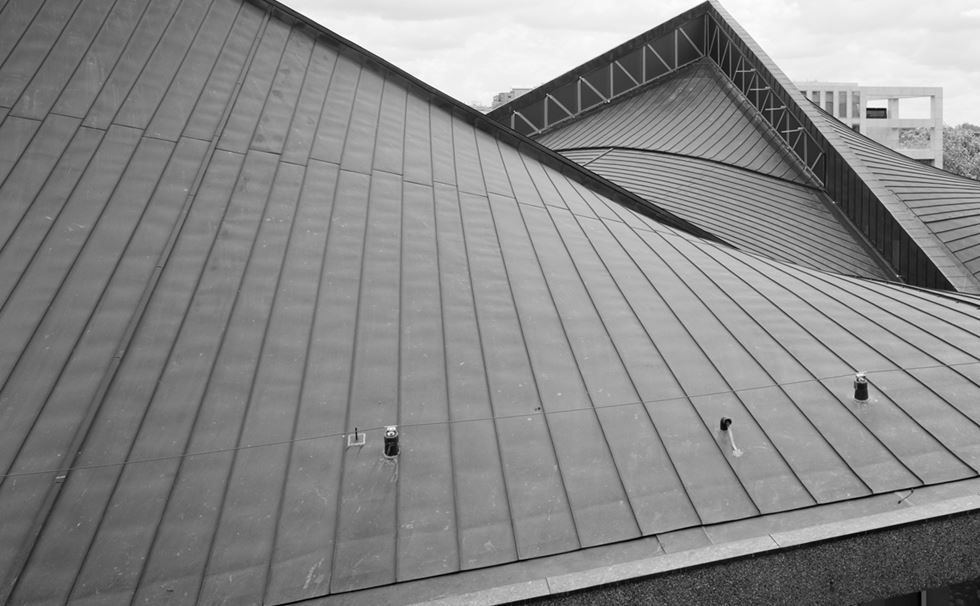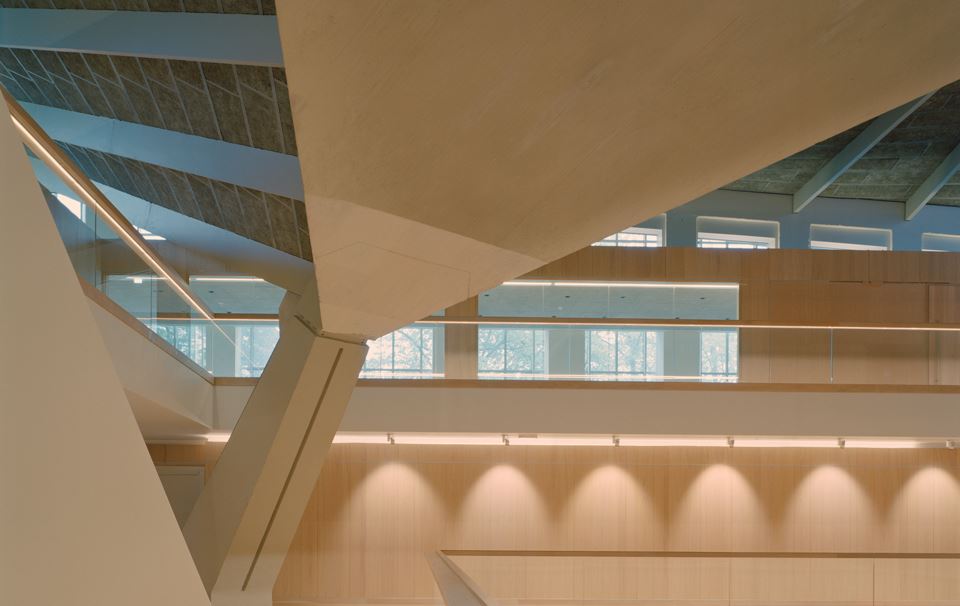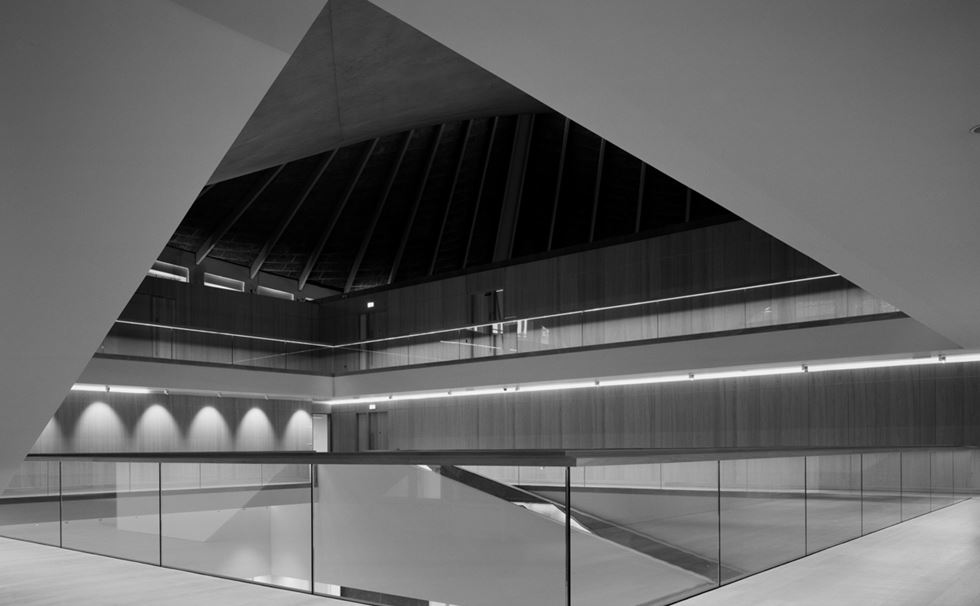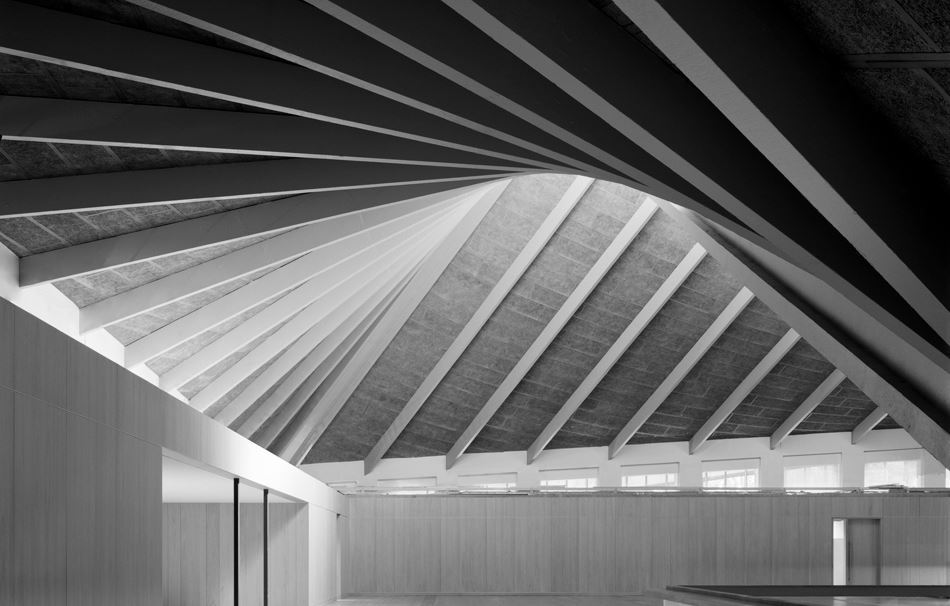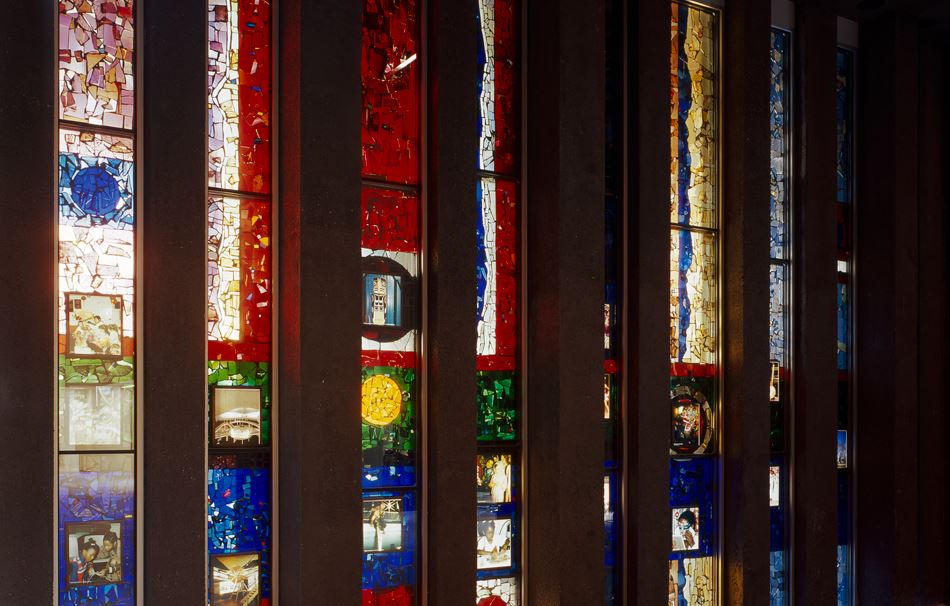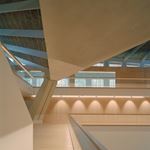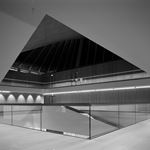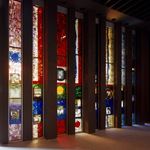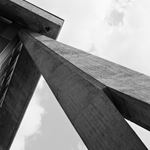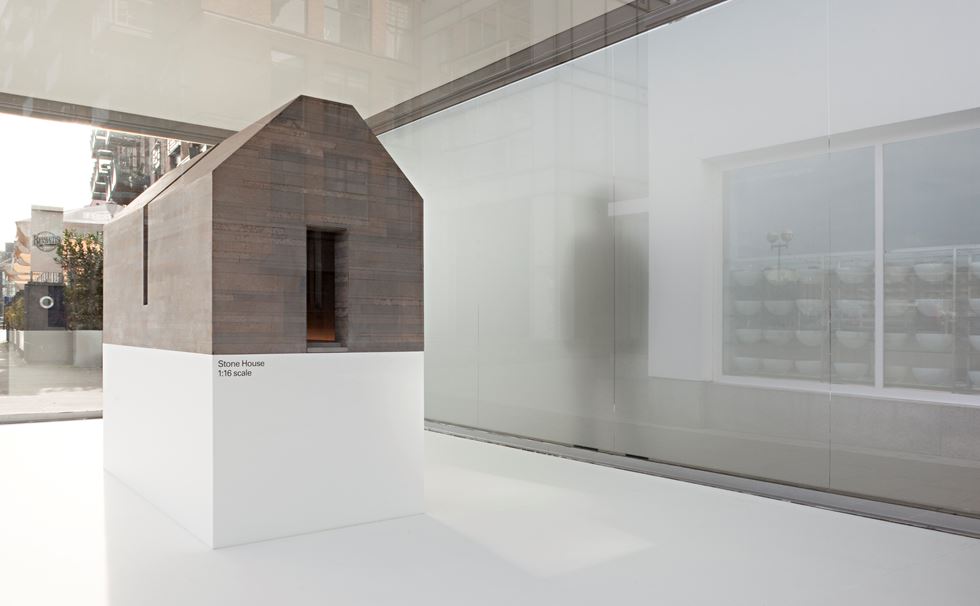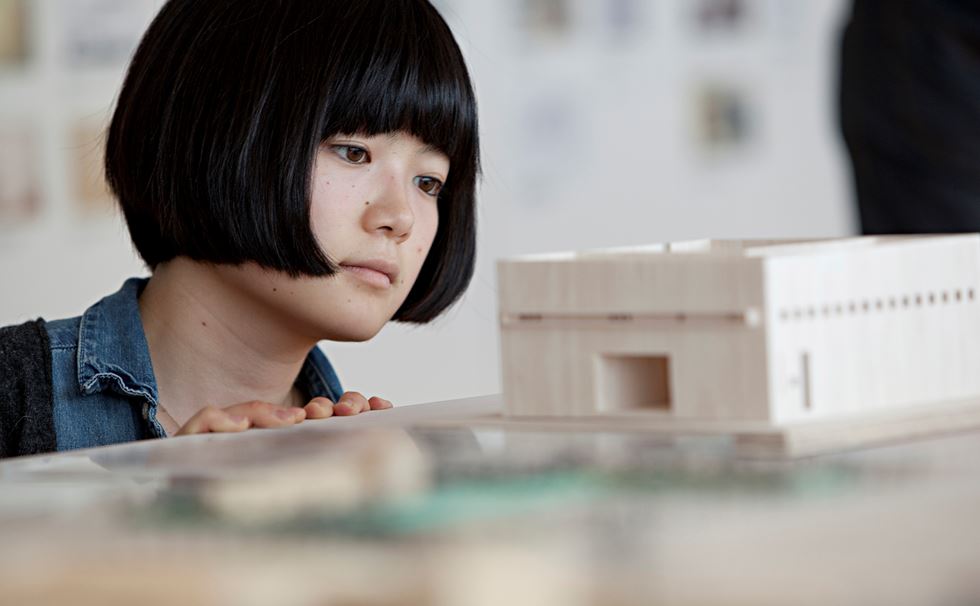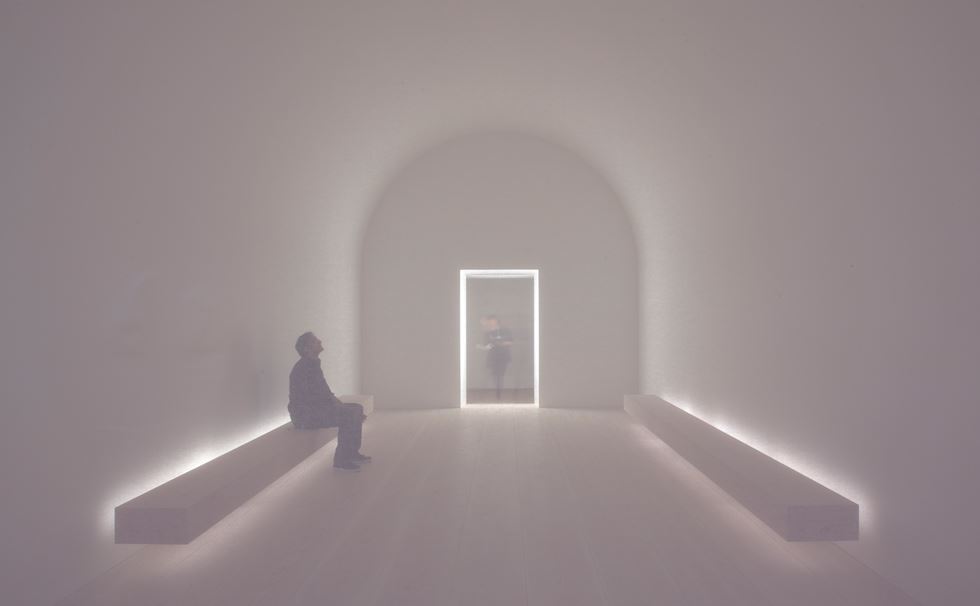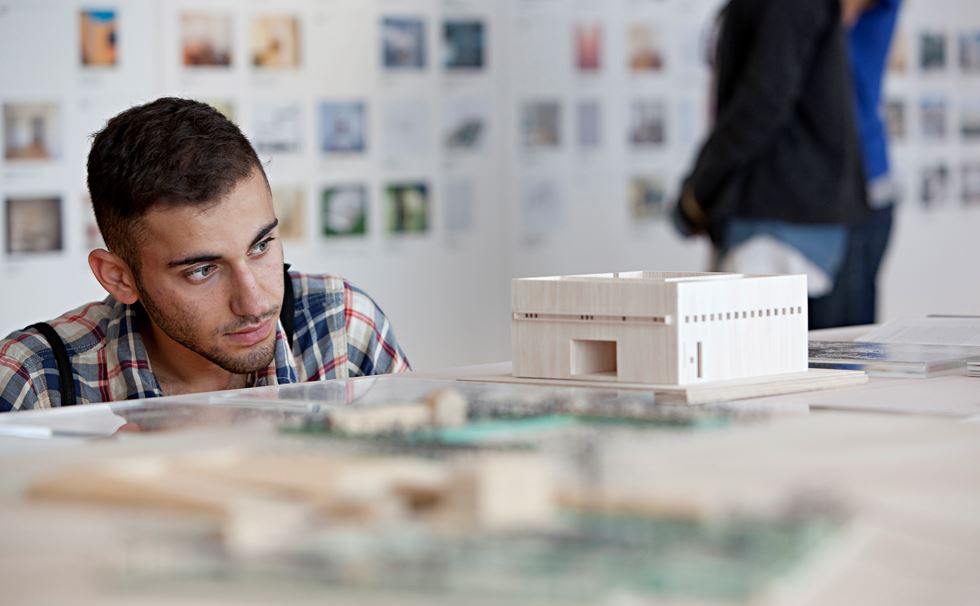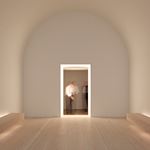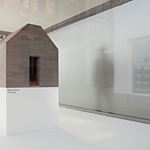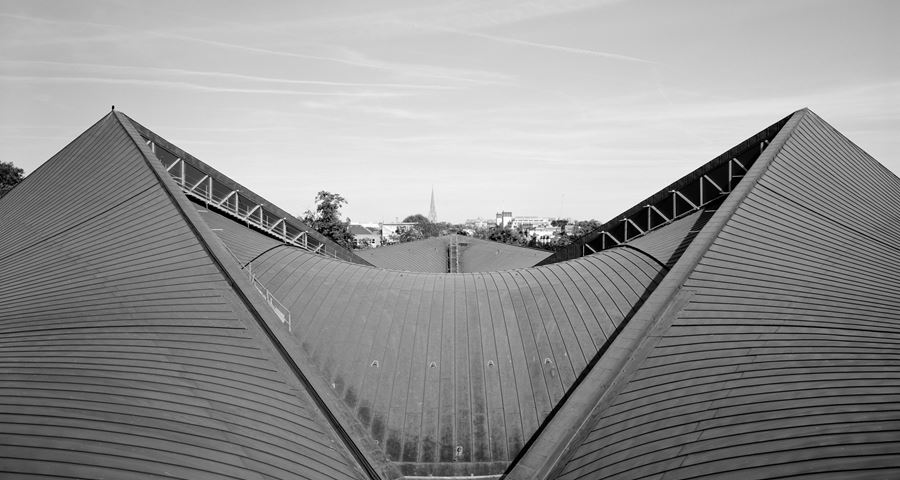Profile
John Pawson
John Pawson was born in 1949 in Halifax, in the north of England. The youngest of five, with four elder sisters, he grew up in a rambling sixteenthcentury house close to the sweeping, treeless landscapes of the Yorkshire Moors, his parents’ shared Methodist heritage reflected in an upbringing that placed emphasis on the values of simplicity and modesty. Following a traditional boarding school education, he set off on a year’s travel through the Middle East, India and Australia, returning by way of New York. Back in England he bowed willingly to the inevitable, joining the family textile and clothes manufacturing business in 1967, where he remained working for his father for the next six years.
Japanese Influence
In 1973 the need to travel became pressing once more and Pawson left for Japan, securing a job teaching English at the business university of Nagoya. Three years in Nagoya were followed by a fourth year in Tokyo, some of it spent in the studio of the designer Shiro Kuramata. Although never a formal apprentice, Pawson observed Kuramata at work, learning that it is possible make the most daring experiments with materials and technology without sacrificing the spirit of poverty. It was due largely to Kuramata that in 1979, a year after his return to England and in the wake of two not wholly successful business ventures, Pawson enrolled at the Architectural Association in London, leaving to set up his own practice in 1981.
Developing a genuine style based on simplicity
From the outset the work focused on exploring fundamental problems of space, proportion, light and materials, rather than on developing a set of stylistic mannerisms, beginning with the renovation of the London apartment he shared with the art dealer Hester van Royen. Domestic commissions swiftly followed for the writer Bruce Chatwin, opera director Pierre Audi and art collector Doris Lockhart Saatchi, executed in parallel with a number of early art spaces, including Waddington Galleries in London and the PPOW Gallery in New York. These early gallery projects were memorable for the near invisibility of the architecture. The focus was all on the art; that was the point. Far removed from the preoccupations of mainstream 1980s architecture, here was work whose roots seemed to extend back through successive expressions of simplicity that have formed a consistent component of both Eastern and Western traditions, from Japanese concepts of Zen to Cistercian monastic architecture and the serenely empty churches of Sanraedam - themes Pawson was later to examine in his book Minimum (Phaidon Press, 1996), exploring the notion of simplicity in art, architecture and design across a variety of historical and cultural contexts.
From Residential to Public Works
While significant emphasis has consistently fallen on the design of private houses - with work realised in locations as diverse as suburban Tokyo, the ski resort of Telluride, Los Angeles, Mallorca, Montauk, the islands of the Cyclades in Greece and the rural tip of southern Sweden - critical commercial projects during the 1990s transformed forever the prominence of the work. Key amongst these was an impromptu meeting with Calvin Klein in 1993 that led to the commission to design the brand’s first flagship store in Manhattan; also, a few years later, the practice’s successful bid to design the Cathay Pacific Lounges for the new Hong Kong airport.
With a few notable exceptions, the work of the first two decades grew out of an approach to space. As the scope and scale of the commissions expanded, so this spatial philosophy had to translate into ideas of form: while the essential character of a Pawson interior was familiar, uncertainty remained over the nature of its physical envelope. Consecrated in 2004, the new Cistercian Monastery of Our Lady of Novy Dvur in Bohemia represents perhaps the most comprehensive answer to such questions, in the way it brings together renovated historic fabric with strikingly contemporary volumes.
During this same post - millennial period, the typology also broadened significantly, with designs for the interiors of two yachts of radically different scales, sets for new ballets at the Royal Opera House in London and the Opéra Bastille in Paris, and a walkway across the lake at the Royal Botanic Gardens, Kew. In 2011 Pawson created an optical viewing device for temporary installation at the foot of Sir Christopher Wren’s Geometric Staircase in St Paul’s Cathedral, which subsequently travelled to the Abbey of San Giorgio Maggiore in Venice and the Kunsthistorisches Museum in Vienna.
Design Museum Involvement
Spanning the period 2009 - 2016, Pawson’s involvement with the Design Museum in London has taken two distinct forms: an exhibition - Plain Space, the first major UK exhibition of Pawson’s work, held at the institution’s former premises in Shad Thames - and, following an architectural competition, the creation of a permanent new home for the Museum, within the iconic modernist structure that formerly housed the Commonwealth Institute.
As Alvar Aalto’s bronze door handle has been characterised as the ‘handshake of a building’, so a sense of engaging with the essence of a philosophy of space through everything the eye sees or the hand touches is a defining aspect of Pawson’s attitude to design. His method is to approach design commissions in precisely the same way as he approaches buildings, on the basis that ‘it’s all architecture’. Whether at the scale of a house, a saucepan or a ballet, everything is traceable back to a consistent set of preoccupations with mass, volume, surface, proportion, junction, geometry, repetition, light and ritual. In this way, even something as modest as a fork can become a vehicle for much broader ideas about how we live and what we value.
Image Credits
Portrait: Cindy Palmano
Profile: Montauk House; Gilbert McCarragher
Design Museum Kensington; Helene Binet
Plain Space: Gilbert McCarragher
Twitter: Sackler Crossing; Jens Weber
Further Reading: Monastery of Our Lady of Novy Dvur; Jens Weber
Journal: Baron House; Jens Weber
Shop the collection: Tableware; Photo Courtesy of When Objects Work
More Designers: Life House; Gilbert McCarragher


